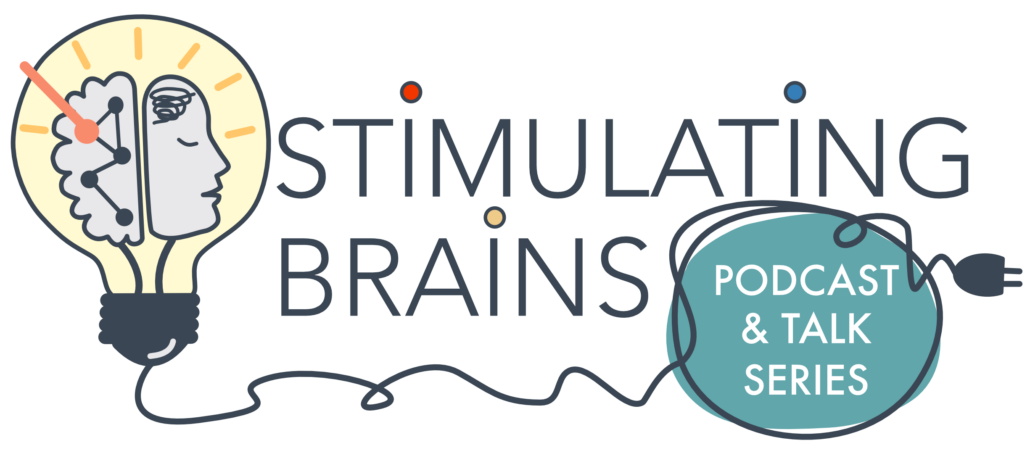#4 – Steven Miletić & Varvara Mathiopoulou – 09/04/2023
On Monday, September 4th 2023 (6 PM Berlin time), we will have the pleasure of hosting Dr. Steven Miletić & Varvara Mathiopoulou for an in-person event in Berlin. Not only will we hear about science, but we may also get a glimpse of the inspirational thinkers behind it!
In-person sessions in Berlin will take place at the Lecture Hall of the Bernstein Center for Computational Neuroscience (Haus 6, Philippstraße 13, 10117 Berlin). Get some appetizers, grab a beverage (all on us!) and come enjoy a science apéro (served in the seminar room within the same building) with the speakers prior the talks (from 5:15 PM).
Register here to participate in the event (so we can order enough appetizers and drinks to be shared during the apéro with the scientist before the event)!
In the meantime, follow us on Twitter or subscribe to our newsletter to remain up-to-date on other events of our Stimulating Brains portfolio!
About the headliner speaker: Dr. Steven Miletic is an assistant professor at the Department of Psychology at the University of Leiden, the Netherlands. His primary interest is model-based cognitive neuroscience with a strong focus on the human subcortex. Specifically his work focuses on in-vivo functional neuroimaging of the human subcortex and on model-based approaches to studying the contributions of it to cognition.
Title of headliner talk: “Modelling structure and function of the human subcortex”
Abstract: Historically, research in the field of human cognitive neuroscience has focused on the cerebral cortex. In contrast, our understanding of the subcortex lags behind. The human subcortex comprises hundreds of unique structures, which together encompass approximately 25% of the brain’s volume. Studying these structures is hindered by technical difficulties: The subcortex lies deep in the brain, limiting the quality of neuroimaging data. I will present work that uses ultra-high field 7 Tesla magnetic resonance imaging (MRI) to optimize quality of subcortical measurements, and employs computational modelling approaches to study the structure and function of the human subcortex, with a focus on the subthalamic nucleus.





